Blog
Using AI for reference to create scenes in Unreal
Artificial intelligence is not taking all our jobs just yet, but we're using it more and more in the office nowadays, whether it's for pitching for jobs or coming up with ideas.
I personally find fascinating how, as in any form of art, it acts like a mirror on humanity and shows us what we are, what are deepest desires or fears could be.
So I created a scene using AI for the reference image, 3dsmax to model and everything else in Unreal, and I'd like to show you how I came about it.
In this video, you will learn :
- How I came up with the idea using Midjourney (using a simple 2 word prompt ).
- The simple 3 step method I use to export the scene from 3dsmax to Unreal.
- How I created a time of day slider to be able to find the perfect lighting moment.
Importing from Rhino 3D to Unreal Engine 5 for Parametric modelling
Parametric design is the method that has been used digital design for many years. From Zaha Hadid’s curves to Gehry’s expressionist landmarks and more recently the Matrix demo by Epic Games. This approach to design uses algorithms and mathematical models to create forms that are highly flexible, adaptable, and efficient. In the world of architecture, parametric design can have a significant impact on the design process, with faster iterations and less redundancies.
I met Steve in Manchester whilst studying Architecture and he was kind enough to share this magnificient deisgn with me. It was the runner up submission for the international Expo of 2020 in AbuDhabi I believe. In this video I present SCA’s UK Pavillion 2020 and I show how I imported a complex scene from Rhino3D to Unreal.
The process of importing whilst keeping the maximum of flexibility for incorporating changes can be quite complex to navigate. Here I break down 3 main points to keep in mind when importing y...
How real can real be ? UE5 vs Reality! Prague library in Unreal.
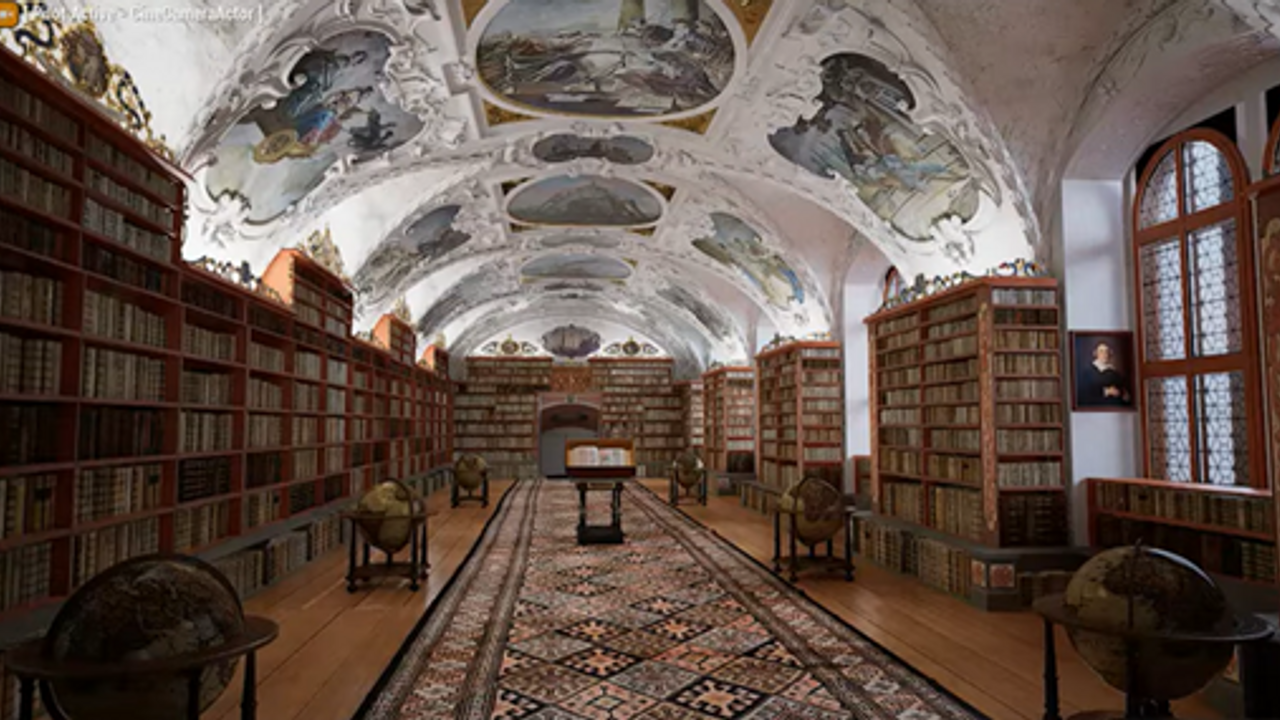
Today, I am comparing a scene rendered in UE5 with a real photo of the beautiful Prague Library, and the Vray render.
Real photo
This is a beautiful picture of the Prague library. However, it looks like it has been heavily treated with tone-mapping. However stunning this image is, I think it looks slightly overly lit and lacks some atmosphere. See for yourself:
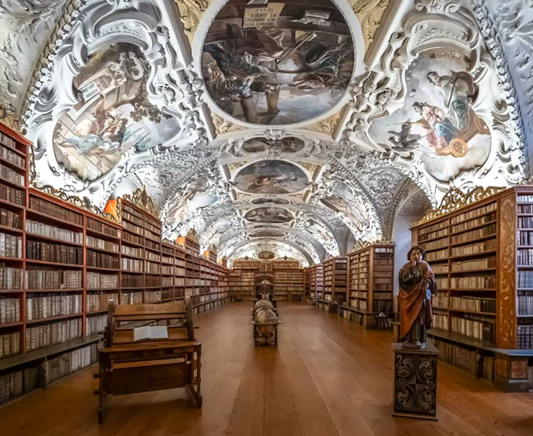
Vray Render
The picture below is a Vray render. I am not totally sure about the choice behind this green tint, here. But when I zoom in, I can see a depth of field effect, which is really nice.
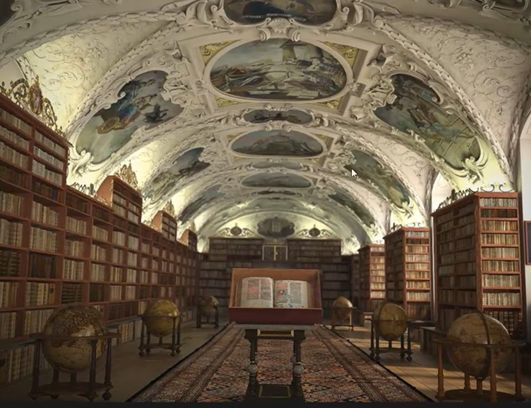
Unreal Real render
And finally, this is the UE render, seen through a camera. Look at this amount of detail:
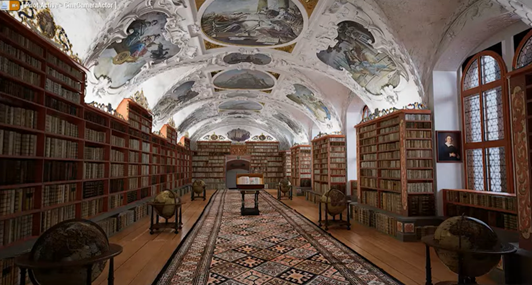
Let’s explore the UE render together
Which one do you prefer?
How I did this Carbon Removal Concept in Unreal Engine 4.26

As an architect, I've thought a long time how our current mode of living is not sustainable in the long term.
In this video, I show you a very basic idea of how we could start to think about a completely new type of architecture based on living in the forest!
Real to Unreal Lighting Masterclass: How to Become a "Shadow Master"
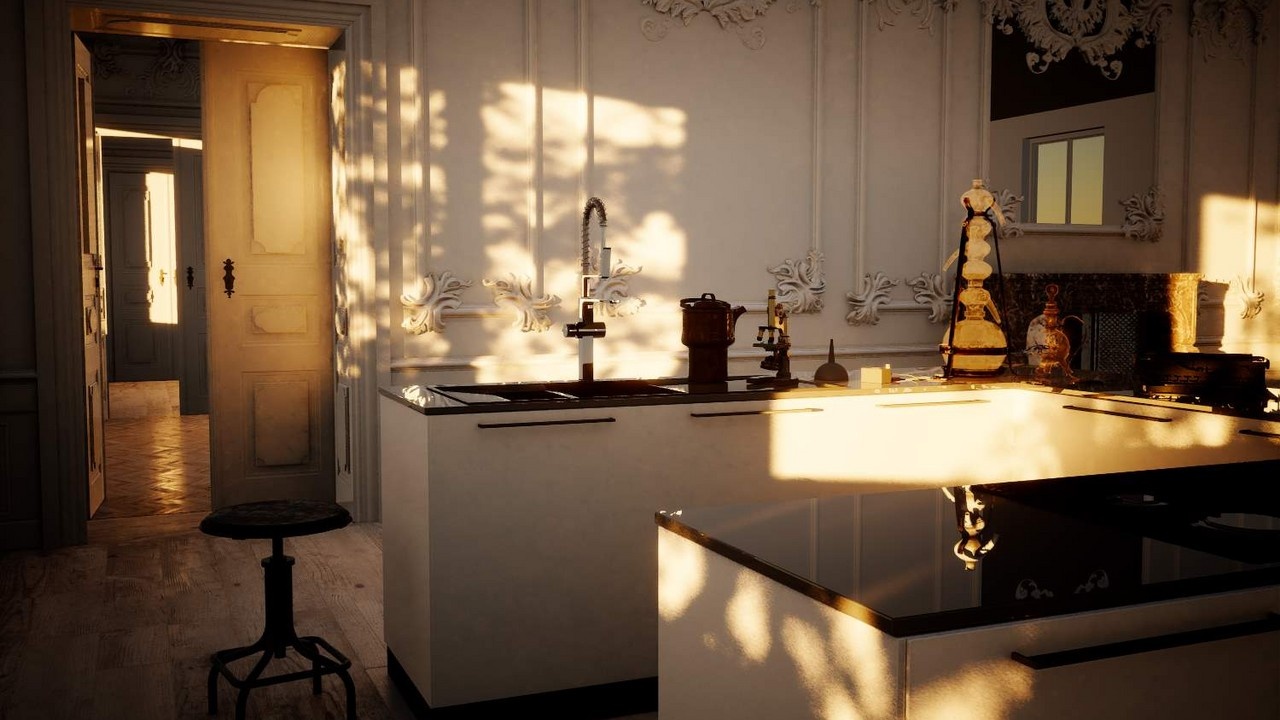
Real to Unreal Lighting Masterclass
Click here to view the program and register online.
Masterclass Information
Every month for 10 months, the 10 classes will be LIVE 90 min sessions including Q&A, once a month running through 2021 (except August and December).
We’ll be discussing essential technical points to try and achieve as close a result, in Unreal as to what Pascal will be envisioning, drawing from his experience in real-life lighting scenarios.
When: Classes begin on Wednesday 27th January 2021 @ 16.00 (GMT)
Where: Zoom
What you will learn:
- Natural lighting, understand it and how to recreate it
- Direct light (i.e. the sun), how to place it and manipulate it
- Balance, contrast and exposure
- Colour, black and white and colour correction in Post-Process
- Soft light, hard light, where and when you should use it
- Texture lighting, what it is and what it does
- Shadows, how to draw and tell stories
- The sparkle of life
- The time factor, controlling time in realtime
- The s...
New Unreal Engine Beginner Workshop

If you are new to Unreal Engine and would like to learn more about lighting and rendering, this workshop is for you.
- Are you struggling with overwhelm with too many different opinions, multiple YouTube sources, out-of-date or incomplete information?
- Are you keen to learn and start getting results? Perhaps you've tried Vray, Enscape, Lumion or TwinMotion, or you use Sketchup and Revit but you would like to go deeper into Unreal?
- You've been wanting to try for ages but find the interface too intimidating and you can't work it out?
This FREE 90-minute workshop will give you the tools and techniques to create your first scene in Unreal Engine and teach you about:
- The best, simplest and fastest way of lighting your scenes
- My lighting workflow that I call the "3L method"
- HDRI background setup and lighting
- High-resolution screengrab to Edit in Photoshop
Click here to view the workshop.
How to Create Instanced Lights in Unreal Engine Blueprints Tutorial
If you're a 3dsMax veteran like me, working in Unreal you'll be missing the way you can have Instanced lights.
In this tutorial, I show you how to make a super simple Blueprint to control many lights at once.
Photoreal Exterior Scene in Unreal
It's easier than ever to achieve this kind of result in Unreal today.
How to Fix Vertical Tilt Shift on Architecture in Unreal Engine for Archviz
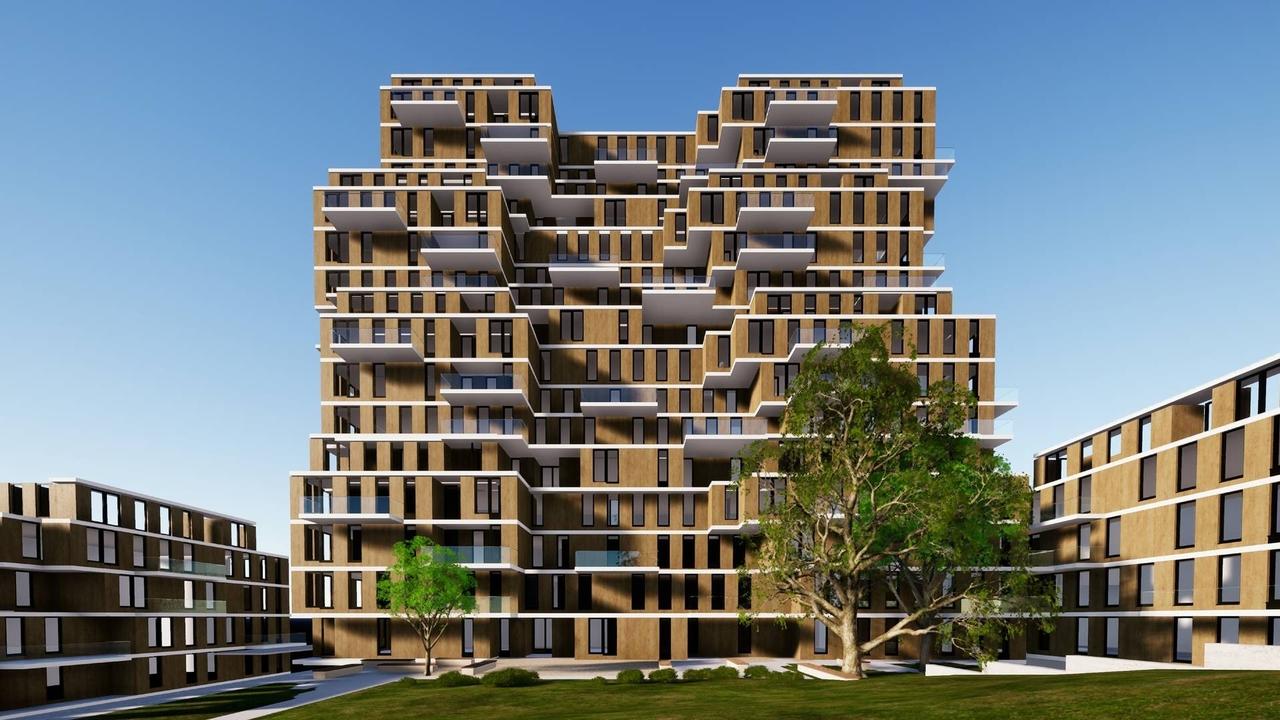
Rules of perspective make it so that when you look up, lines converge and distort in a way which jars with human perception.
However, when you look up in your scene in Unreal Engine, the building should look straight.
We need to correct that. There is a free and easy way to do this - without the need for extra plugins.
This is how to do it:
- Keep the camera horizontal
- Shoot your scene in portrait mode until you have enough sky
- Crop the bottom
Pros of the method:
This method is great as it does not require extra plugins, which means that it is quick, easy and free to fix.
Cons of the method:
The cropping needs to be done in the post, which can be a little of a pain if you do a lot of compositing and have to incorporate a lot of changes.
Watch the video to find out How to fix vertical tilt-shift on Architecture in Unreal Engine:
How to Render Ultra Mega High-Resolution Renders in Unreal Engine for Architecture?

You can now create huge renders in Unreal Engine using a tool called "Movie Render Queue".
It works by adding a new level sequence and adjusting the output:
- Select the output to play to render to one frame by using the "custom by playback range" function
- Override the default anti-aliasing settings which gives that low-quality "step" effect to your image - and increase the temporal sample count (how many times the image will be rendered stacked on top of the other) to give a smooth final image
- Select the desired image resolution
- Set the camera compensation to manual exposure
- Use the high-resolution tile count to have a tile resolution of less than 4K
Watch the video to find out how to render ultra mega-high resolution renders in Unreal Engine: